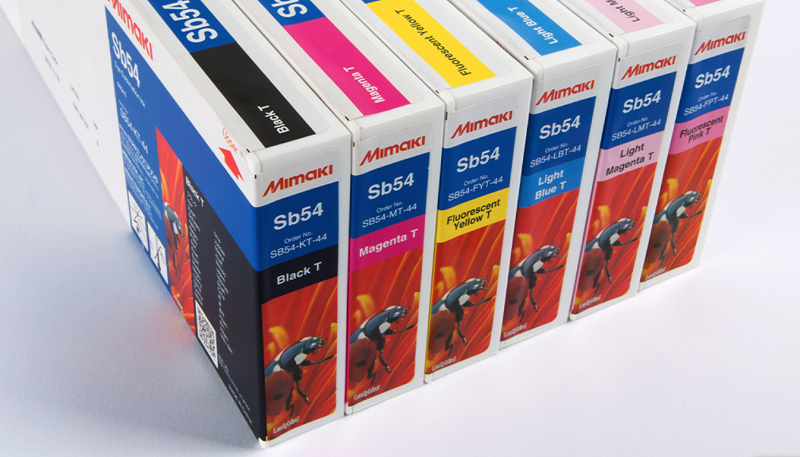The use of color in large format printing significantly impacts the quality of signs and graphics. Printer manufacturers have worked tirelessly to expand the range of colors their machines can support. We’ll start to answer the question “Do orange and green go together for print production?” by explaining how printers produce color.
The industry standard color models include RGB (red, green, and blue). This additive model is based on light energy; adding all the colors together gives you white. RGB is also the color spectrum typically used by computer monitors. On the other hand, CMYK (cyan, magenta, yellow, and black) is a model based on pigment. Any color added subtracts from the amount of white. In digital printing, inks mix together to remove color from white light to produce an image.
Often used in the printing industry, the term color gamut is the range of colors seen by the human eye. It can also refer to the colors and tones that printing systems (such as a Mimaki UV-LED printer) can achieve. There are many more color shades in nature, but people can’t see them all. A printer’s color gamut must limit colors to those in the visible spectrum.

A color gamut looks like a type of graph with colors placed on X and Z axis positions. To approximate an image on a computer screen using an RGB color format, printers use CMYK inks to produce vivid images. This requires a transformation, which can be challenging especially for “out of gamut” colors. It’s essential to replicate an image in colors that people can see and the brain can interpret, as humans are not wired to see reddish green or bluish yellow.
Image and color management tools like Acrobat use information in embedded color profiles to manage the appearance of a color. For unmanaged colors without profiles, a temporary profile must be used. Acrobat also has profiles for converting unmanaged colors. Mimaki’s printing software tools such as RasterLink, TXLink3, and MPM3 have functions for creating color profiles as well.
The use of orange and green in printing has helped expand the color gamut. It allows custom graphics that accommodate the colors of specific brands. For example, in the racing bike industry, printers have been able to capture the unique look of KTM orange or Kawasaki green. That’s not only in images of products, but on vehicle wraps for the bikes themselves.

The use of these colors contributes to brighter, more vivid images and helps achieve subtle differences between neutral, bright, and dark colors. It can help create distinct spot colors and text elements. Your work can stand out from that of competitors, and color accuracy can be maintained from one substrate to another in a wide range of applications.
Therefore, green and orange are the new inks of color print production. In fact, Pantone’s Hexachrome system adds green and orange to the standard CMYK ink model.
Whether you’re an artist or hobbyist working on a personal project or an industry professional, Mimaki offers advanced printing systems and inks that yield exceptional results.
Our product line includes the JV300 Plus series high-speed printers with eight eco-solvent color options. Orange is included in its solvent ink and eco-solvent ink packages. Color gamut isn’t the only focus of the CJV300 Plus series, which uses the Mimaki Advance Pass System 4 to sharpen output at high speeds, while Mimaki Variable Dot Technology adjusts ink droplet size to improve color reproduction of CJV300 Plus series and detail.
To learn more, call 888-530-3988 to speak with us directly.